If you’re 65-plus and considering taking up exercising for the first time, recommitting to exercise after a long hiatus, or just fine-tuning your routine, you may be wondering about the best workout plan for seniors. It’s not always easy to generalize about senior fitness. Not only is there a huge difference between the average 65-year-old and the average 90-year-old, there is also incredible variety in the fitness levels of people within a more narrow age range. Some 75-year-olds move like they’re 55, and others are as frail as 90-year-olds. So identifying just one set of exercise workouts for seniors would result in a plan that’s too difficult for many and not challenging enough for others.
You’re going to have to develop the exercise plan that best suits you and your individual goals and needs. Fortunately, there are certain truths about aging that can help shape your workouts.
Seniors recover more slowly
Remember when you were a kid and you never felt tired or sore the day after you exercised? You just magically woke up and were bursting with energy, ready to go again. Even as a younger adult, when you began to experience muscle soreness after exercise, you were usually better after a day or so. But if you’ve been exercising regularly throughout your adult life, you’ve probably begun to notice that it takes longer and longer to recover after an intense session. That’s normal, and it doesn’t necessarily mean that you should exercise with less intensity (given that you don’t have cardiovascular issues or other reasons for easing up). It just means that you should build some recovery time into your workout plans.
Pay attention to how your body feels after certain types of exercise. Is your arm sore for a couple of days after you play tennis? If so, devote those post-tennis workout days to your lower body. Do the muscles in your legs protest for a couple of days after you do squats? If so, schedule a day of complete rest followed by an upper-body workout.
Post-workout soreness is annoying but not alarming unless you’ve truly injured yourself. So don’t be afraid to experiment with it. Eventually you’ll figure out what works for you. For instance, “I want to be able to crouch to lift my grandkids up on Saturday, so I’d better not do squats on Friday.”
Seniors need strength training
The U.S. Department of Health and Human Services’ Physical Activity Guidelines for Americans states that all adults should get in at least two strength training workouts per week that work all of the major muscle groups. Many older adults make the mistake of dismissing strength training as something for young people, but the truth is that it’s at least as important…perhaps more important…for seniors. That’s because it helps reduce the risk of falls, strengthens bone, maintains muscle mass, reduces age-related cellular damage, and lowers risk of death.
If you feel intimidated by the thought of strength training, remember, you’re not trying to look like Arnold Schwarzenegger, and you don’t need to kill yourself trying to lift heavy weights. You’re just doing what you can to maintain your muscle mass and stay mobile.
You can do strength training with anything that puts resistance against your body, such as your own bodyweight, free weights, weight machines and resistance bands. Here is an example of some of the many exercises in those categories that you can do at home:
Upper Body
- Arm Circles

- Bicep Curls (Dumbbells)
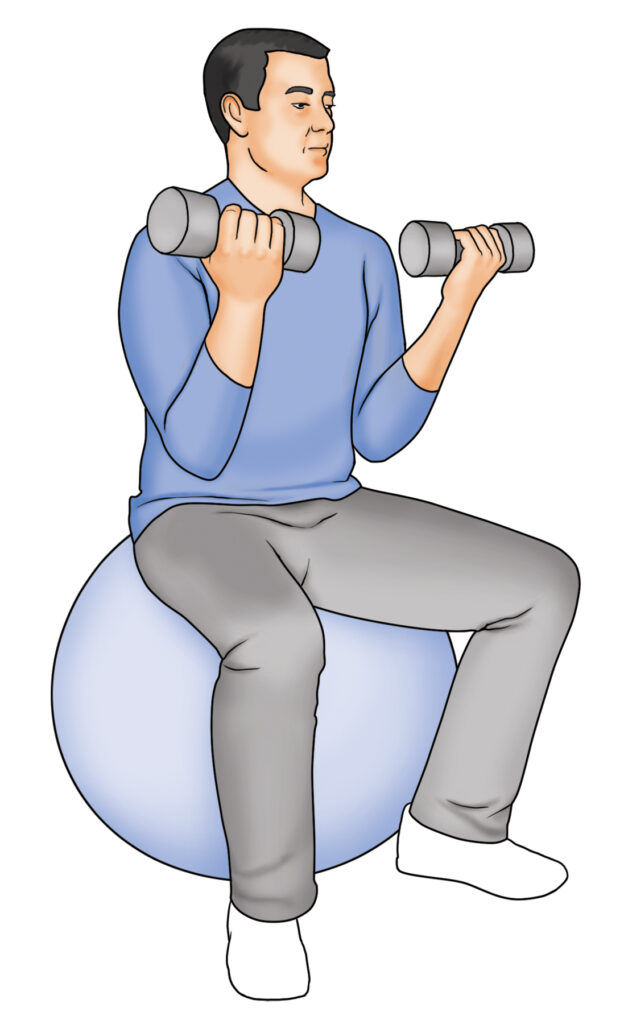
- Bicep Curls (Resistance Band)

- Lat Pulldowns

- Overhead Triceps Extension
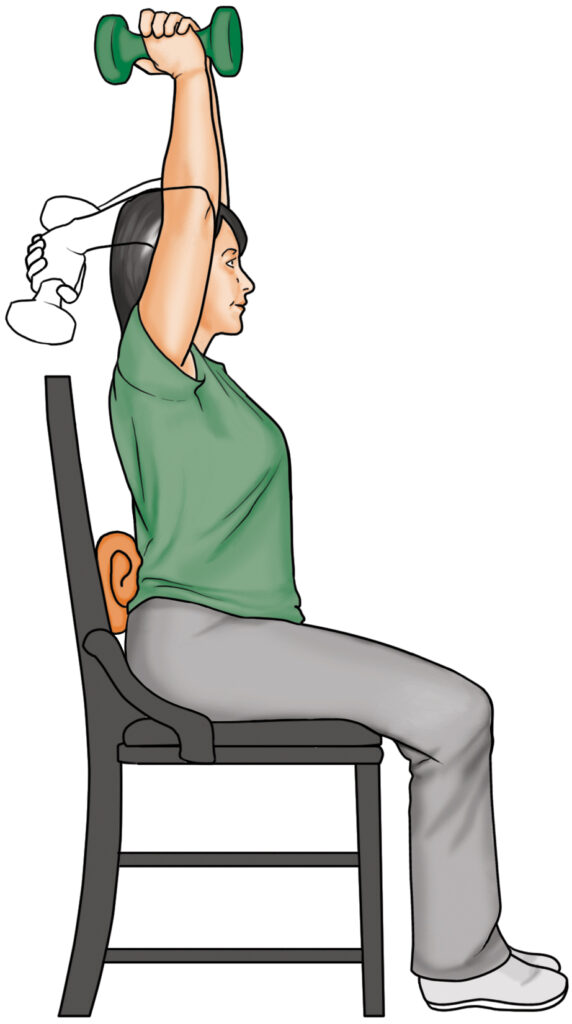
- Pushups

Lower Body
- Clamshells

- Hamstring Stretch

- Leg Extensions

- Lunges

- Side Leg Lifts

- Sit to Stand

Abdominals and Core
- Bridges
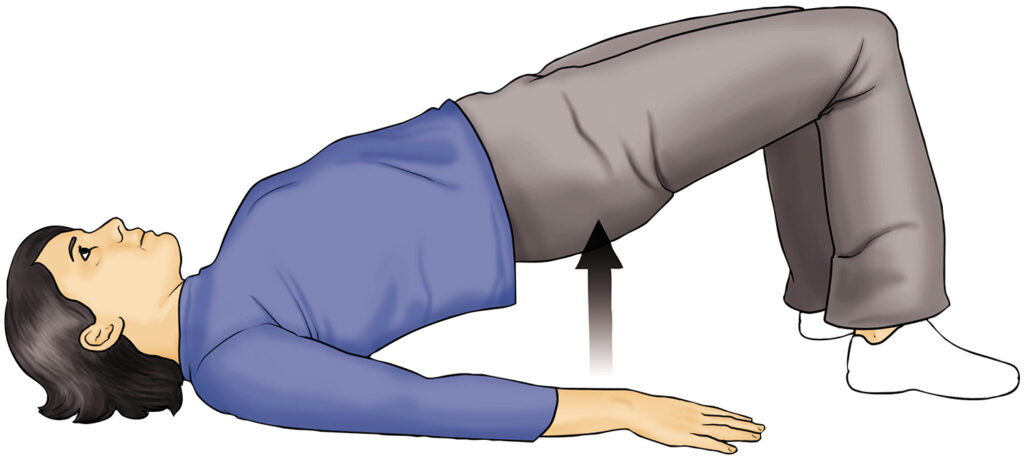
- Lumbar Rotations

- Planks

- Squats
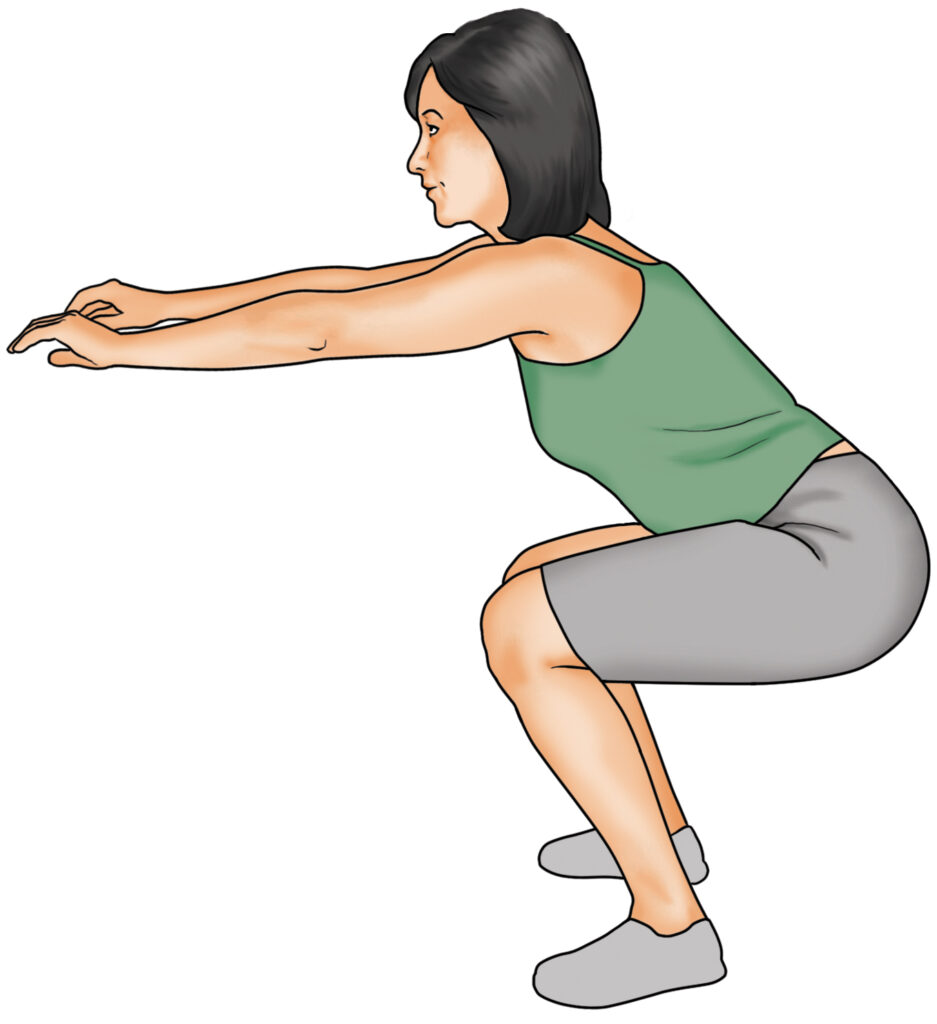
- Standing Side Bends

- Superman

Get educated on proper form before you begin, and always work with an amount of weight or resistance that allows you to maintain proper technique for every repetition.
Seniors need balance training
The Guidelines go out of their way to point out that seniors should incorporate balance training into their workouts. Balance drills help with stability and coordination, and have been shown not only to help prevent falls but to lower the likelihood of being injured if you do fall.
Balance exercises for seniors include:
- Marching in Place
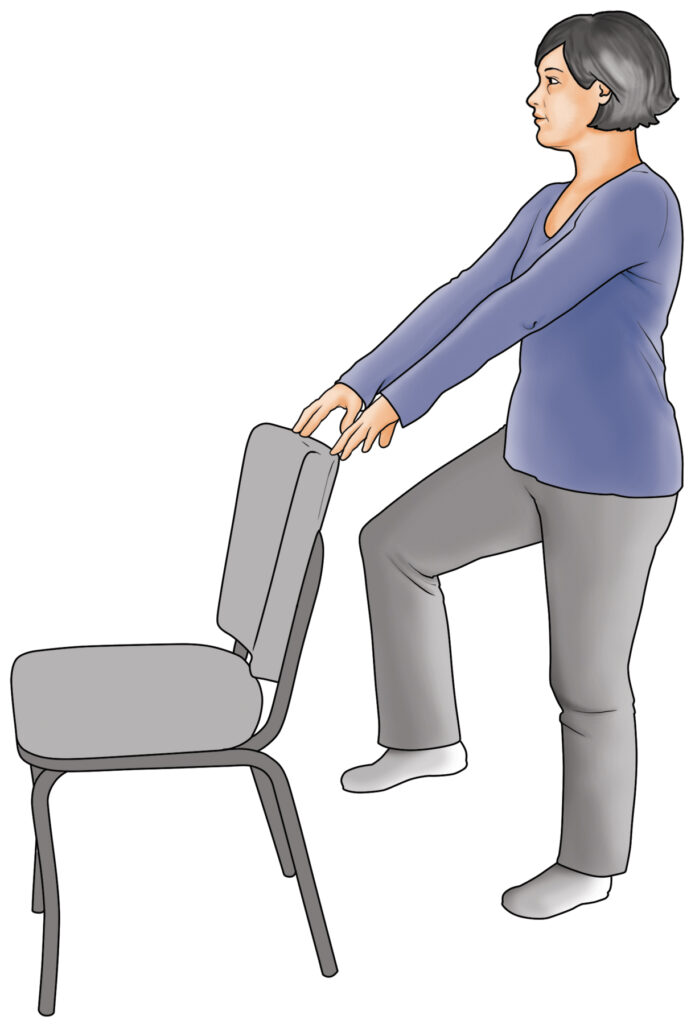
- Leg/Arm Lifts, Opposite Sides
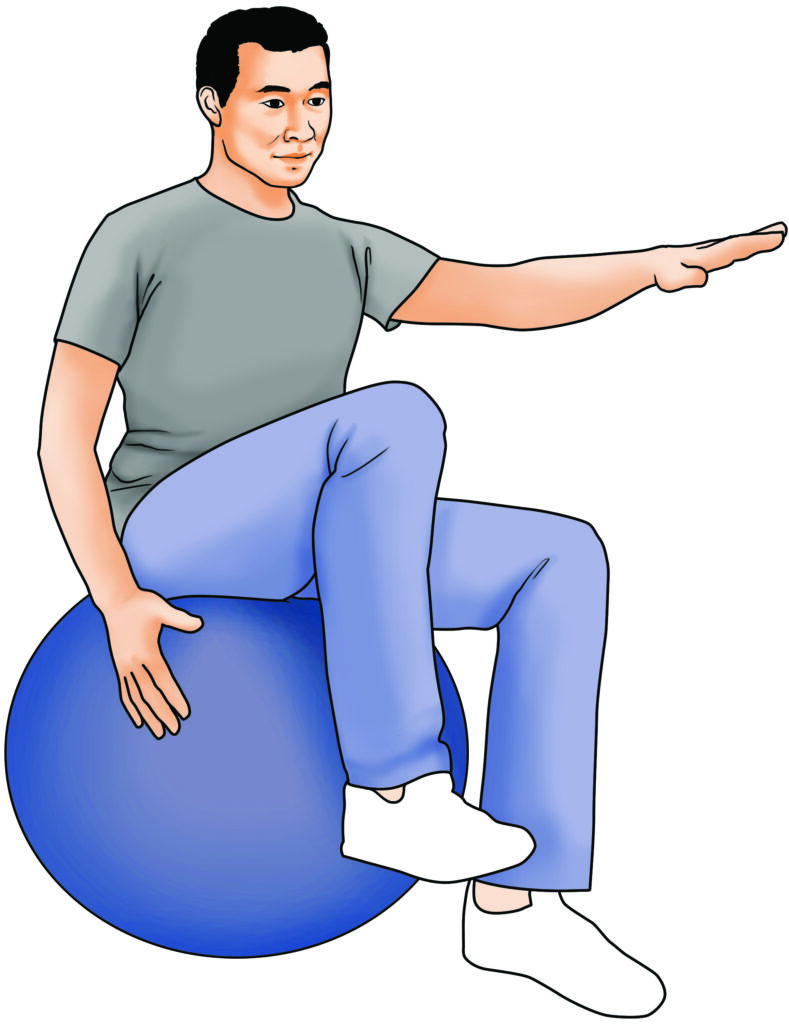
- Single-Leg Stand
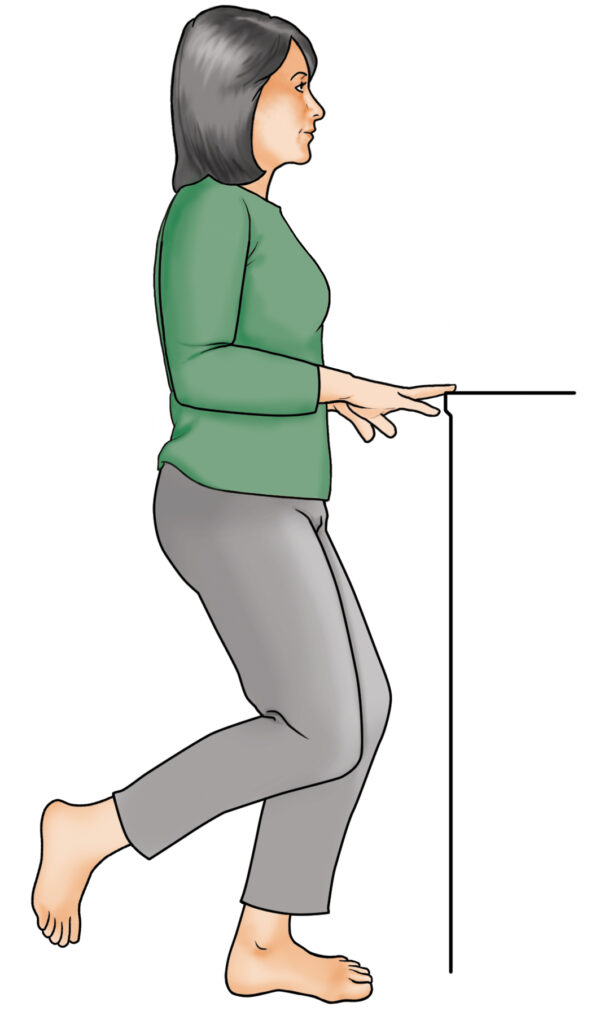
- Step-up
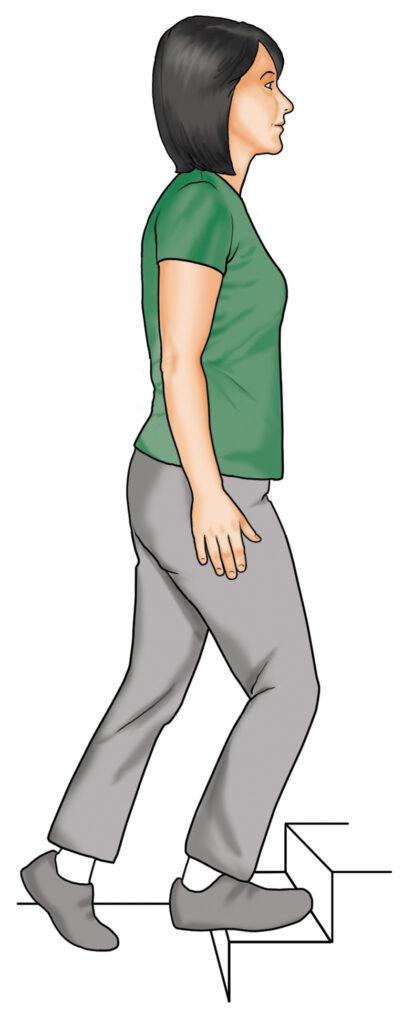
- Tandem Walking

Seniors need flexibility exercises
Everyone should stretch, of course, but flexibility is particularly important for older adults. Balance and flexibility go hand-in-hand, working together to make us more surefooted and more mobile. Keeping up your flexibility is one of the best ways to ensure that you’ll keep moving, which allows you to do the aerobic exercises that are so good for your heart and lungs…not to mention allowing you to continue the everyday activities that require good range of motion, such as driving, dressing yourself, gardening, and cleaning.
Flexibility exercises include…
- Back Extension
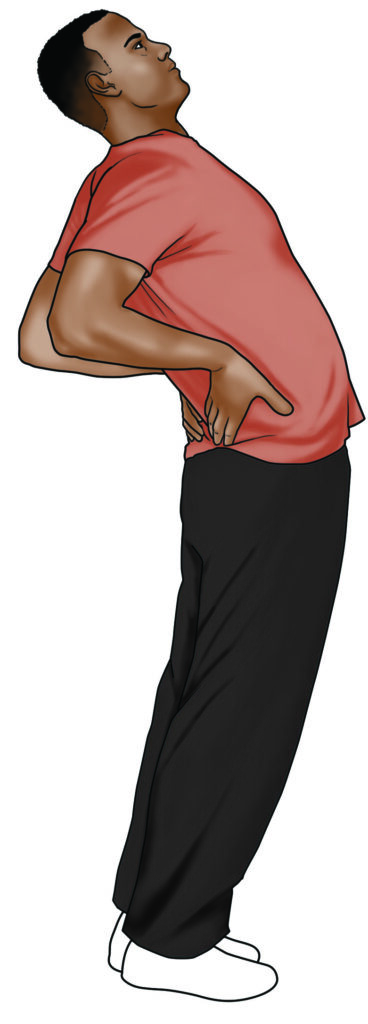
- Full Body Stretch

- Overhead Reach
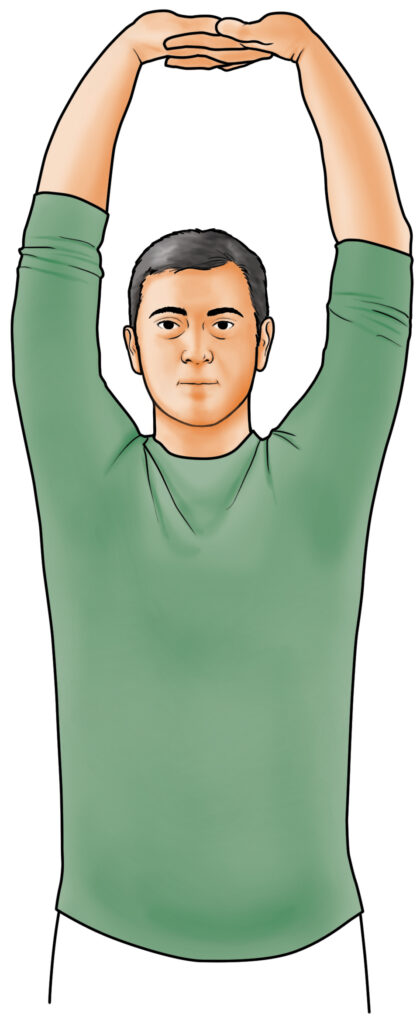
- Pendulum

- Seated Hip Stretch

Research these exercises and others, and perform them as static, not dynamic, movements. That means stretching to just before the point of discomfort and holding for a 10-count, not bouncing or forcing the stretch.
Multicomponent exercises
Because of the importance for seniors of balance exercises, the Guidelines suggest that older adults engage in “multicomponent” exercise sessions that combine aerobic, strength, and balance elements. That can mean designing a circuit-style workout that hits each of these categories, or it can mean engaging in certain forms of exercise that naturally blend those elements.
Multicomponent exercises include…
- Yoga
- Pilates
- Tai Chi
- Strength and conditioning classes
- Dance
Work with the Guidelines
The Guidelines for older adults are very similar to those for younger adults, but they include some supplementary recommendations based on seniors’ additional needs. Like younger and middle-aged adults, each week seniors should get…
- 75-150 minutes (one hour 15 minutes to 2.5 hours) of vigorous-intensity aerobic activity
-OR-
- 150 minutes to 300 minutes (1.5 hours to 5 hours) of moderate-intensity aerobic activity
As stated above, workouts for elderly people should consist, at least in part, of multicomponent activities that involve balance work, aerobic exercise, and strength training.
Most likely, your workouts will not be all high-intensity or all low-intensity, but rather a mix. Use those broad guidelines as a rough indicator for how much of each type of exercise to do.
Before undertaking any form of exercise, make sure you have an up-to-date picture of your health. If there are concerning underlying conditions, ask your doctor how exercising could affect you. Your doctor could advise you that you’re not up to doing 150 minutes of moderate-intensity exercise per week. In that case, the Guidelines say, just be as physically active as your health status allows, choosing moving over sitting whenever possible.
